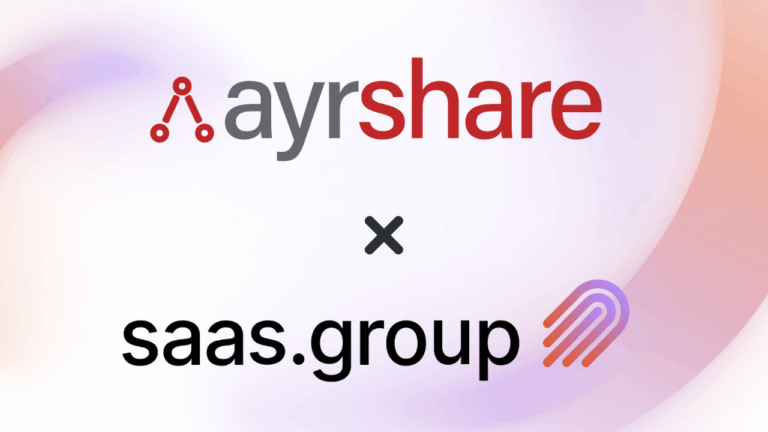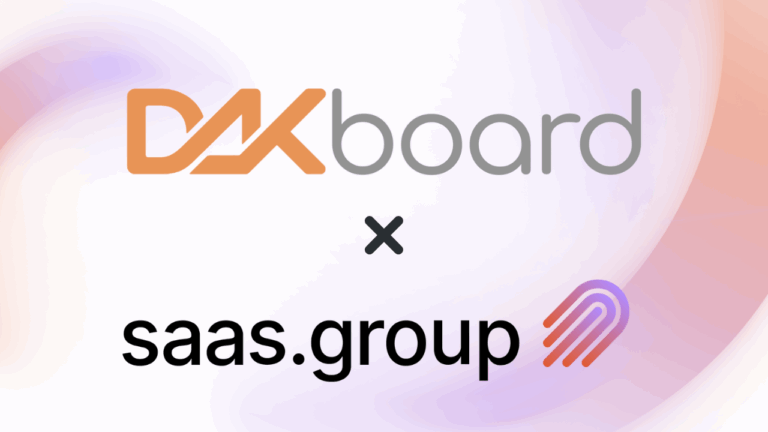All too often, founders are overwhelmed by how exciting but also nerve-wracking the SaaS acquisition process can be. It’s not just about ensuring the deal closes at the highest possible price but also about finding the right SaaS acquirers—someone who understands your vision and can take your company to the next level.
Understanding the key terms and concepts of SaaS M&A is essential to having a lot more clarity starting the process. Here we break down the most important terms, with examples, so you can focus on making the best decisions for your SaaS business.
1. Valuation: what’s your SaaS worth?
Valuation is determining your company’s worth for the acquirer. For SaaS companies, this is often based on revenue multiples, growth rate, and profitability.
- Example: If your annual recurring revenue (ARR) is $2M and the average valuation revenue multiple in your industry is 5x, your company could be valued at $10M. It also could be valued at $2M. There are a lot of things going into the valuation process from risk assessment to analyzing the customer base,future growth potential and EBITDA margins. We always recommend doing your research about the market situation and average industry multiples, but also possibly involving an advisor who would provide you with a realistic view of the business.
2. Types of Buyers: who’s acquiring you?
Understanding the type of buyer can help you anticipate their goals and approach. Here are some common buyer types and real-world scenarios to illustrate their intentions:
- Strategic buyers: These are often competitors or companies in your industry seeking synergies to enhance their existing offerings.
- Example: When Salesforce acquired Slack for $27.7 billion, the goal was to integrate Slack’s collaboration tools with Salesforce’s CRM platform, creating a comprehensive suite for businesses.
- Example: When Salesforce acquired Slack for $27.7 billion, the goal was to integrate Slack’s collaboration tools with Salesforce’s CRM platform, creating a comprehensive suite for businesses.
- Private equity: Financial firms focused on optimizing your business for resale or growth, typically within a set investment horizon.
- Example: Vista Equity Partners acquired Marketo and later sold it to Adobe, showing how private equity firms build value before exiting at a higher multiple.
- Example: Vista Equity Partners acquired Marketo and later sold it to Adobe, showing how private equity firms build value before exiting at a higher multiple.
- Serial acquirers: Companies like saas.group specialize in acquiring SaaS businesses to hold and grow. These buyers often have deep expertise in their domain, e.g. SaaS M&A, and prioritize seamless transitions and long-term growth.
- Example: saas.group’s acquisition of Rewardful highlighted their approach to identifying untapped potential for future growth and in this case, leveraging the power of social media and proactive partnerships.
3. Letter of Intent (LOI): the starting point
The LOI outlines the initial terms of the deal, including valuation, deal structure, and key conditions. It’s not legally binding but sets the tone for negotiations.
- Tip: Review the LOI carefully and negotiate terms upfront to avoid surprises later. At saas.group we tend to treat the LOI as a handshake agreement and try not to change the terms of it further down the road unless some special cases arise during the due diligence process. And this is exactly why we recommend having most of the details of the deal clear even before signing the LOI. You can get away but it already means time away from business and lawyer fees, so coming to this with an understanding of what’s ahead is pretty important.
4. Due Diligence: the deep dive
This is the process where the acquirer examines your company’s financials, operations, and legal documents. During this phase, SaaS M&A due diligence often scrutinizes specific documents and metrics to assess the health and potential of your SaaS business. For example:
- Financial Records: Detailed P&L statements, balance sheets, and cash flow statements.
- Customer Metrics: Churn rates, customer lifetime value (CLTV), and monthly recurring revenue (MRR) trends.
- Contracts: Review of customer agreements, vendor contracts, and employee agreements to identify any risks or liabilities.
- Codebase and IP: Evaluation of your source code, patents, or intellectual property ownership.
It’s also your opportunity to assess the acquirer’s track record and vision. Due diligence goes both ways, and founders should think about doing theirs way before agreeing to go all-in with an acquirer to ensure a fit and shared values.
Example Questions to Ask the Acquirer:
- What’s your track record with acquisitions?
- How will this acquisition impact my team and customers?
- What specific metrics or milestones do you prioritize post-acquisition?
By preparing these documents and asking the right questions, you can ensure a smoother SaaS due diligence process and build trust with potential SaaS buyers.
5. Deal Structure: how will you get paid?
This refers to how the acquirer will pay you, and each structure has its own set of advantages and disadvantages for SaaS founders:
- Cash: Payment is made upfront in cash, providing immediate liquidity.
- Advantage: Instant access to funds that can be reinvested or used for personal ventures.
- Disadvantage: Potential tax implications and no future upside if the company grows post-acquisition.
- Stock: You receive shares in the acquiring company, tying your payout to their future performance.
- Advantage: Opportunity to benefit from the acquiring company’s growth.
- Disadvantage: Risk of share value fluctuations and delayed access to cash.
- Earnout: A portion of the payment depends on achieving specific performance goals post-acquisition.
- Advantage: Allows founders to demonstrate value and potentially earn more.
- Disadvantage: Stressful if goals are unrealistic or factors outside your control impact performance.
Example: An acquirer offers $5M upfront and $2M in earnouts if your company hits a $1M ARR milestone in the next year. Understanding these structures helps SaaS founders evaluate the short- and long-term implications of offers in the acquisition process.
7. Holdback: keeping some skin in the game
A portion of the purchase price is held back until specific conditions are met, such as successful customer retention or revenue targets.
- Example: The acquirer withholds 10% of the payment for 12 months to ensure a smooth customer transition.
8. Purchase Agreement: The Final Contract
This legally binding document outlines the final terms of the acquisition, including price, payment terms, and warranties.
- Tip: Work with an experienced M&A lawyer to review the agreement thoroughly. No relative who has been helping you sell your house, no matter how nice, is super helpful here. You want someone who offers wealth of knowledge about the specific deal type and also a great deal of empathy to be on your side and humanize the process.
9. EBITDA
Earnings Before Interest, Taxes, Depreciation, and Amortization (EBITDA) is a key metric to assess your company’s profitability.
- Example: If your revenue is $1M, and expenses (excluding interest, taxes, depreciation, and amortization) are $600K, your EBITDA is $400K.
10. Liquidation preferences: protecting investors
This determines how proceeds are distributed in the event of a sale. There are dozens of stories of deals where founders, unfortunately, ended up with nothing, or have gotten way less than they ever expected. In case you’ve raised investment for your SaaS company, understanding the investors’ preferences is a good way to avoid surprises.
- Example: If investors have a 2x liquidation preference, they get twice their investment back before founders see any proceeds.
11. Sales Multiple: a valuation benchmark
This is the ratio of your company’s sale price to its revenue or EBITDA.
- Example: If your company sells for $10M and your revenue is $2M, the sales multiple is 5x. SaaS valuation often hinges on this metric.
Selling your SaaS business is a monumental step. By understanding these key SaaS M&A terms, you’ll be better equipped to navigate the SaaS acquisition process, ask the right questions, and ensure a deal that aligns with your goals. Remember, it’s not just about the money—it’s about finding the right partner to carry your vision forward.
Check out our M&A course for sellers to learn more about the acquisition process, metrics used to determine company valuation, different types of due diligence, and determining the best fit with a potential buyer.
Table of Contents
Weekly newsletter
No spam. Just the latest news and articles from the world of SaaS and Acquisitions.




